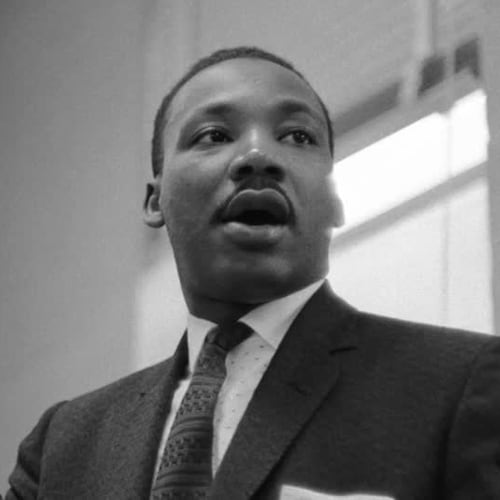February marks Black History Month. Follow the AJC this month for a series of short stories and videos and people, places and events that played a significant role in the development of black people in America.
No. 8: 1906 Atlanta Race Riots
Atlanta wasn’t always “The city too busy to hate.” In fact in 1906, the city exploded when as many as 25 African Americans and two whites would die on the downtown streets of Atlanta in a four-day race riot.
The riot began downtown on Sept. 22, a hot Saturday night when thousands of white men, inflamed by sensational and inaccurate newspaper reports — in both the Atlanta Journal and the Atlanta Constitution — of black sex crimes, started attacking blacks at random.
After 1906, Atlanta became more segregated as blacks withdrew into the safety of their own community, most notably Auburn Avenue.
W. E. B. Du Bois wrote his powerful poem, “The Litany of Atlanta,” in the riot’s wake. But the riot also produced the city’s first interracial forums where white and black leaders met to make sure the city never again erupted in racial fighting.
Facts about the Atlanta race riots of 1906
Credit: Rich Addicks
Credit: Rich Addicks
In 1906, violence exploded in Atlanta, when as many as 25 African-Americans and two whites died on the streets of downtown.
How long did the Atlanta race riots last?
The rioting began on Sept. 22 and lasted four days. Thousands of white men, inflamed by sensational and untrue newspaper reports of blacks sexually assaulting white women, started attacking Black people at random.
What were some after-effects?
After the riots, Atlanta became more segregated as Blacks withdrew in
to the safety of their community, most notably Auburn Avenue.
Never again
The riot also produced the city’s first interracial forums where white and Black leaders met to make sure the city never again erupted into racial fighting.
Credit: RICH ADDICKS / AJC
Credit: RICH ADDICKS / AJC
About the Author
The Latest
Featured




